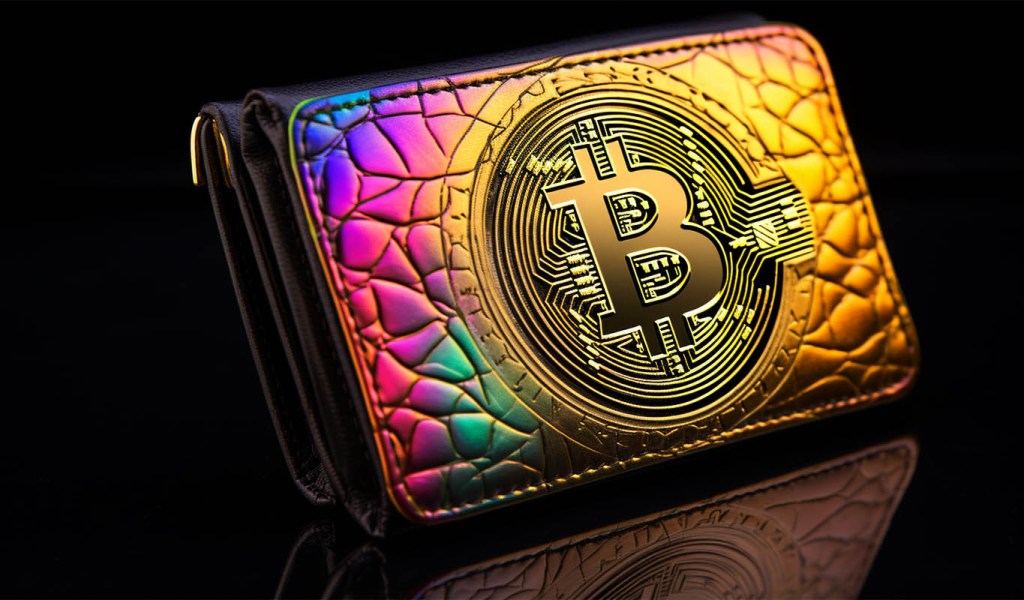
In the quarter ended June 30, Exodus' revenue declined by 4% year-over-year, but its results were boosted by 6% cost reductions.
Multichain wallet Exodus has released its financial results for the second quarter of 2023, disclosing revenue of $12.4 million, a 4% decrease year-over-year. Net income amounted to $1.9 million.
According to Exodus, its exchange aggregation business accounted for the majority of total revenue in the quarter, totaling $11.6 million. Fiat onboarding revenue rose 220% from 2022 to $561,000. The volume of exchange provider transactions in Q2 was $591.5 million, down 12% from Q2 2022. Bitcoin (BTC), Tether (USDT), and Ether (ETH) were the top assets traded in the quarter, at 27%,16%, and 12% of volume, respectively.
Exodus generates revenue from API integration fees charged to third parties. Monthly active users, however, decreased 6% to 772,839 in the second quarter, from 817,972 last year.

Despite the decline in revenue, Exodus' results were strengthened by cost reductions of 6% year-over-year, to $7.1 million in the second quarter. A reduction in headcount and cloud infrastructure expenditures contributed to the lower expenses, the company said, adding that ”the Exodus team stood at approximately 195 full time equivalents as of June 30, 2023, a decrease from 290 as of June 30, 2022."
Amid the bear market, Exodus also slashed its administrative and marketing allocations by 65% in the quarter, resulting in expenses of $4 million. Total general and administrative expenses represented 32.2% of company revenue, a significant decrease from 87.1% in the second quarter of 2022.
As of June 30, Exodus held $55 million in cash, cash equivalents, and U.S. Treasury Bills, as well as $46.2 million worth of Bitcoin, claiming to be one of few public companies holding over 1,000 Bitcoin in corporate treasury.
Among major developments in the quarter, the company rolled out an integration with Robinhood Connect, allowing users to purchase and hold cryptocurrencies in Exodus through Robinhood's cash and so-called buying power. Exodus also added full support for Arbitrum and Optimism, along with Matic staking.
“Accordingly, the next step for Exodus is to provide our technology to other companies, often called Wallet-as-a-Service or Infrastructure-as-a-Service," said JP Richardson, CEO and co-founder of Exodus.
Magazine: How smart people invest in dumb memecoins — 3-point plan for success


















